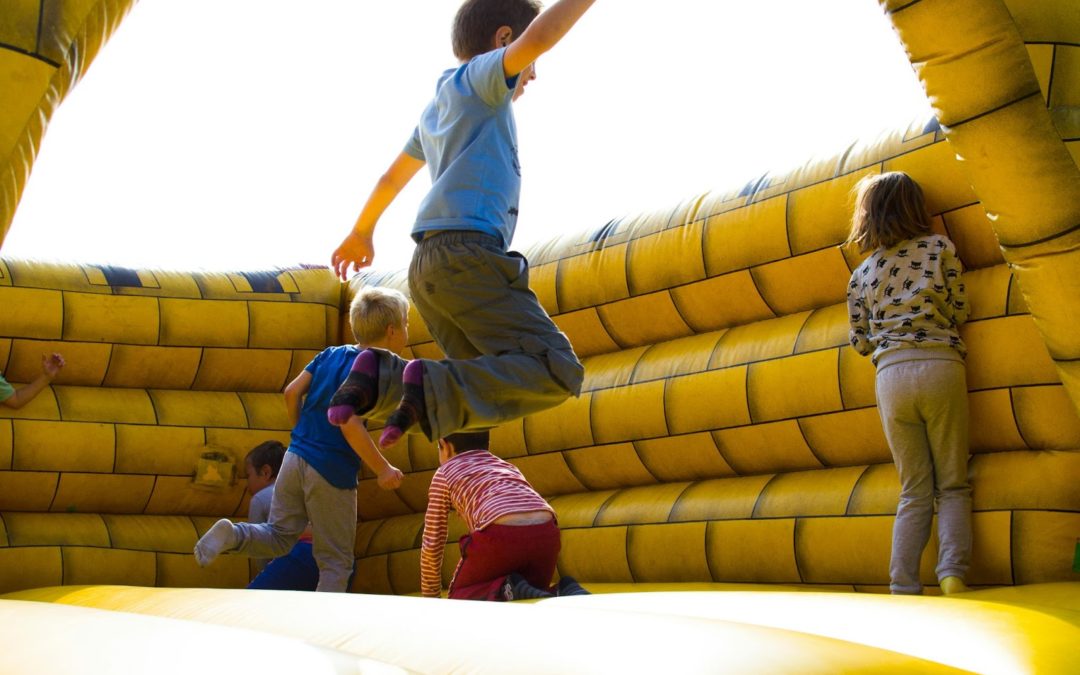Kids don’t need constant entertainment. But they do need direction. If you’re looking for simple ways to keep your children engaged without handing over a tablet or turning on the TV, you’re not alone.
Busy parents need easy ideas that actually work. The good news? You don’t need expensive supplies or big plans. A few quick options can fill an afternoon and build great memories.
Here are practical, no-fuss ways to keep kids off screens and having fun.
Set Up a Daily Routine
Kids thrive with structure. Create a simple daily schedule with time for play, rest, and learning. You don’t need to plan every minute, but basic time blocks help.
Include time for free play, outdoor time, meals, chores, and reading. Post the routine where kids can see it. Younger kids can follow pictures. Older kids can help build the schedule themselves.
Routines reduce whining and decision fatigue. Kids know what’s coming next, and you avoid the “what now?” questions.
A set rhythm helps everyone stay calm and focused.
Get Outside Every Day
Fresh air makes everything better. Even 20 minutes outside can reset a cranky mood.
Walk around the block. Ride bikes. Draw with sidewalk chalk. Collect leaves. Hunt for bugs. Jump rope. Water plants. Play catch.
Let kids lead. You don’t need a perfect backyard or park. Just getting outside counts.
The weather is not ideal. Still go. Dress for it. Kids love puddles. Snow is fun. Cold weather doesn’t stop play, but being cooped up does.
Aim for outdoor time every day, even when you’re busy.
Build Open-Ended Play Stations
Set up areas where kids can explore freely. These don’t need to be fancy.
Create a box of art supplies. A shelf of building blocks. A drawer of kitchen tools. A bin of dress-up clothes. A tub of water and cups.
Kids don’t need directions. Just let them explore. Give them time to get bored – that’s when creativity kicks in.
Rotate toys to keep things fresh. And don’t interrupt unless needed. Independent play builds confidence and focus.
You’ll be surprised how long kids can stay busy when they feel in charge.
Plan Mini Challenges
Kids love a challenge. Try quick games and simple contests.
Who can stack the tallest tower? Draw the silliest face? Build a bridge from straws? Create a treasure map? Make up a handshake?
Keep it light and fun. Join in or let them lead. These small prompts spark problem-solving and teamwork.
If you need ideas, check out 50 Free and Fun Things to Do with Kids by Begin Learning. It has great suggestions for every age.
Short bursts of activity keep energy up and boredom down.
Make Chores a Game
Kids want to help. Turn jobs into play.
Set a timer and race to pick up toys. Make laundry sorting a color game. Play music and dance while sweeping.
Give kids real tasks. Let them set the table, fold towels, and water plants. Praise effort, not results.
Even toddlers can help. And older kids can take charge of their own space.
Chores teach responsibility. Done right, they also burn energy and boost confidence.
Create a Quiet Corner
Downtime matters. Set up a calm space for rest and quiet play.
Add a few pillows, books, puzzles, and a small blanket. No screens, no noise. Just a soft, safe spot to relax.
Teach kids to use this space when they feel tired or overwhelmed. Use it after high-energy play to reset.
Quiet corners help kids learn to self-regulate. And they give you a breather too.
Use What You Have
You don’t need new toys. Use everyday stuff.
Paper towel rolls become telescopes. Cardboard boxes become castles. Spoons become drums.
Let kids take the lead. Ask, “What can we make with this?” Give space to invent.
Household items spark creativity. And cleanup teaches care.
Repurposing teaches resourcefulness. It’s fun, free, and always different.
Make Room for Boredom
Don’t rush to fill every minute. Boredom leads to ideas.
Tell your kids it’s okay to be bored. Let them figure it out.
Give them simple tools, paper, crayons, blocks, and open space. And walk away.
They’ll complain at first. That’s normal. Wait it out. Soon, they’ll invent games, stories, or projects.
It takes practice. But boredom builds imagination and grit.
And once they learn, they’ll surprise you with what they create.
Cook Together
Let your kids help in the kitchen. It doesn’t have to be complicated. Even toddlers can wash vegetables or stir batter.
Pick a simple recipe. Pancakes, sandwiches, and fruit salad. Let kids measure, mix, and taste. Talk through what you’re doing. Explain why things rise or melt.
Older kids can plan a meal. Younger ones can help set the table. Cleaning up together is part of the fun.
Cooking teaches math, science, and life skills. It also builds confidence. And sharing the results makes it all worthwhile.
Meals made together often get eaten with pride.
Start a Simple Journal
Give each child a notebook. Set aside time daily or weekly to write or draw in it.
They can jot down what they did, something they felt, or something they’re looking forward to. Younger kids can draw or dictate their thoughts to you.
Add fun prompts: “What made you laugh today?” or “Draw your dream house.”
Journaling helps kids reflect and express themselves. It also builds writing skills without pressure.
Over time, journals become keepsakes. You’ll see their growth in their own words and pictures.
It’s a quiet, creative habit that doesn’t require a screen or a lot of time.
Conclusion
Screens aren’t the enemy. But when they take over, kids miss out on hands-on learning and real play.
You don’t need big plans or perfect supplies. Just give kids space, time, and a little guidance.
Build a rhythm. Get outside. Let them lead. Keep things simple.
These small shifts make daily life easier and more fun.
Try one idea today. Watch what happens next.










